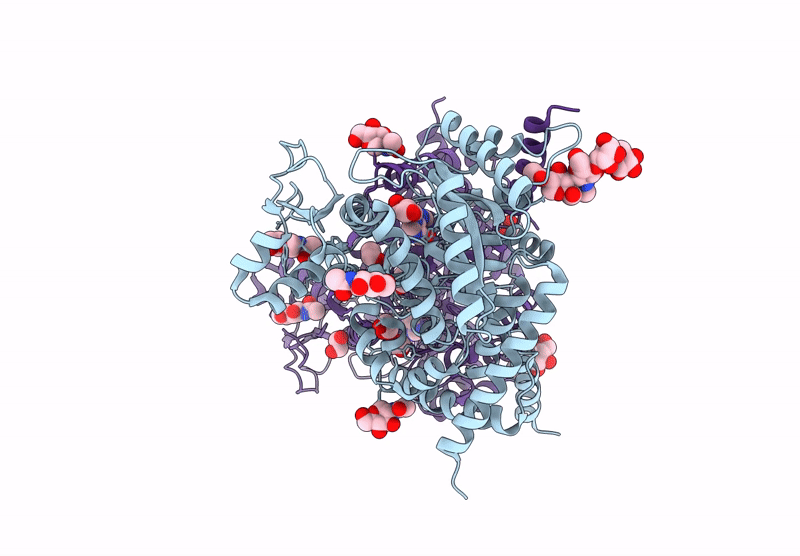
Deposition Date
2025-03-18
Release Date
2025-06-25
Last Version Date
2025-07-23
Entry Detail
PDB ID:
9NTJ
Keywords:
Title:
Chimeric Adenosine deaminase growth factor (ADGF) in complex with pentostatin
Biological Source:
Source Organism:
Aplysia californica (Taxon ID: 6500)
Helix pomatia (Taxon ID: 6536)
Helix pomatia (Taxon ID: 6536)
Host Organism:
Method Details:
Experimental Method:
Resolution:
3.28 Å
R-Value Free:
0.26
R-Value Work:
0.20
R-Value Observed:
0.21
Space Group:
P 21 21 21


